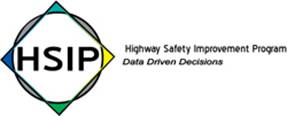Safety Tools and Methods
A new generation of safety analysis tools and methods have been developed to help identify safety issues and provide recommendations for improvements, including the HSM, SafetyAnalyst, IHSDM, and the NCHRP Series 500 Volume 19: A Guide for Collecting and Analyzing Safety Highway Safety Data. These safety analysis tools require quality roadway, traffic, and crash data to achieve the most accurate results. The FDE/HSIP will help support the use of these tools.

 The overall objective of the HSIP is to significantly reduce the occurrence of fatalities and serious injuries resulting from crashes on all public roads.
The overall objective of the HSIP is to significantly reduce the occurrence of fatalities and serious injuries resulting from crashes on all public roads.